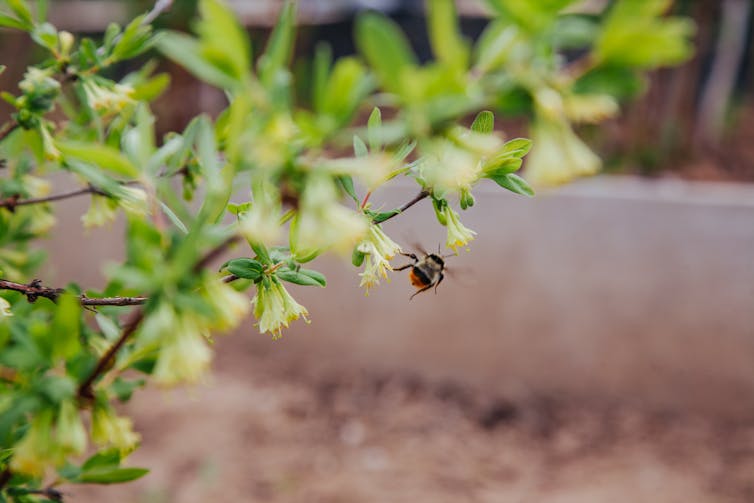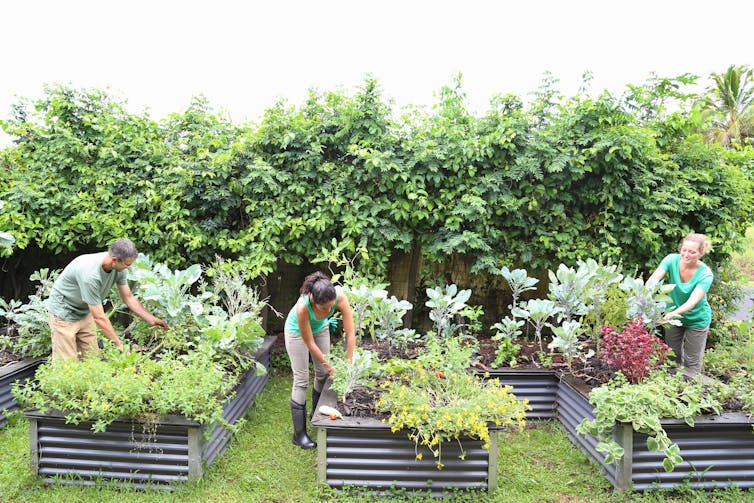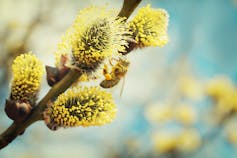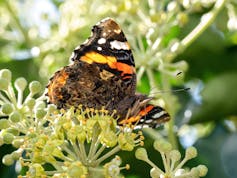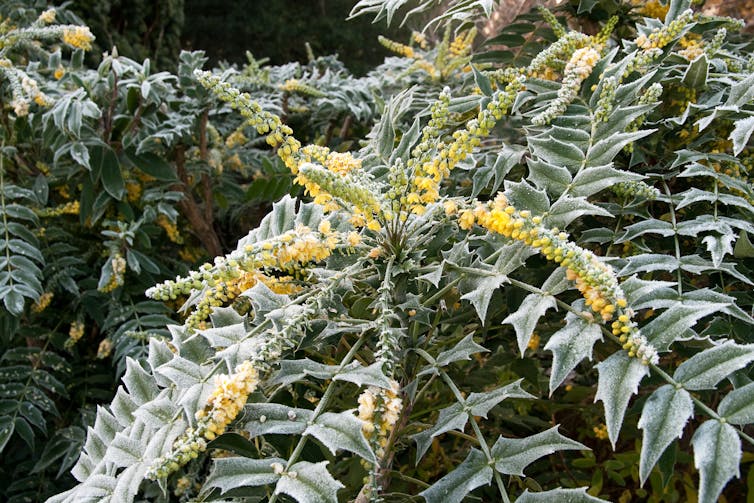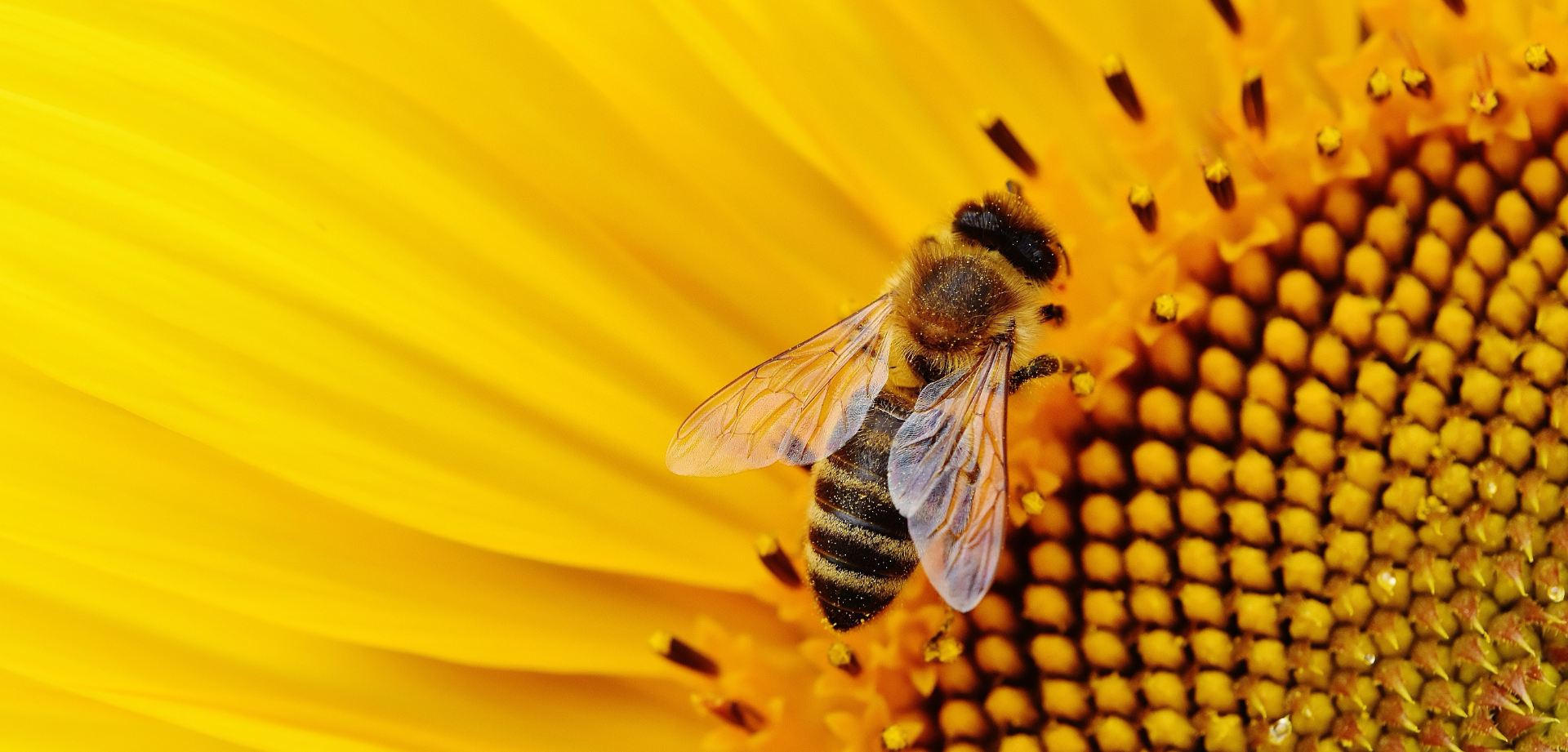
The use of neonicotinoid insecticides has been, and still is, a topic of huge controversy and dispute. To use an appropriate analogy, stakeholders appear to fall into one of two neighbouring fields, distinctly fenced off from one another.
In one field, there are those that believe that the scientific evidence revealing the impacts of neonicotinoid compounds on pollinators and the wider environment is more than sufficient to strictly ban their use as a pest management tool. In the other field, interested parties argue that the evidence is convoluted and context specific, and that in some circumstances neonicotinoid use can be a safe, and environmentally resourceful strategy.
But why has this topic become so polarised? And why is there increasingly less space for those that wish to ‘sit on the fence’? This blog summarises the research published in a recent paper by Hannah Romanowski and Lauren Blake. The paper investigates the causes of controversy, and analyses the viability of alternatives in the UK sugar beet system.
What are neonicotinoids?
Neonicotinoids (neonics) are a group of synthetic compounds used as the active ingredient in some insecticides. They are neuroactive, which means that they act on the nervous system of the insect, causing changes in behaviour. They specifically bind to receptors of the nicotinic acetylcholine (nAChRs) enzyme, which are specific to insects, meaning neonics have low toxicity to vertebrates, such as mammals. They are used to control a variety of pests, especially sap-feeding insects such as aphids. Neonics are a systemic pesticide, meaning that they are absorbed by the whole plant (either by seed coating or spraying) and distribute throughout all the plants tissue.
Are neonics legal in the UK?
That’s where things get confusing… the answer is both yes and no. In 2018, the UK prohibited the outdoor use of neonics following a review of the evidence about their risk to pollinators, published by the European Food Safety Authority. However, the UK and many other EU member states have since granted emergency authorisations, which allows the use of neonics under a set of specific circumstances and conditions. The best-known example of this in the UK is the emergency authorisations granted in 2021, 2022 and 2023 for the use of thiamethoxam, one of the banned neonicotinoid compounds, on sugar beet.
However, even if an emergency authorisation is approved by UK Government, the predicted virus incidence (forecasted by Rothamsted Insect Survey) in a given year must be above a decided threshold before authorisation is fully granted. If the threshold is not met, neonicotinoids use remains prohibited. In 2021 for example, Defra set the threshold at 9%, and since the forecast of the virus was only 8.37%, the neonicotinoid seed treatment was not used. The crop went on to grew successfully unscathed by the virus.
Why is sugar beet an exception?
The Expert Committee on Pesticides (ECP) produced a framework in 2020 that laid out a list of requirements for an emergency authorisation of a prohibited pesticide. Requirements include not having an alternative, adequate evidence of safety, limited scale and control of use, and evidence of a permanent solution in development. In essence, the long-term economic and environmental benefits of granting the temporary emergency authorisation must outweigh any potential adverse effects resulting from the authorisation.

Sugar beet is extremely vulnerable to a yield-diminishing group of viruses known as yellows virus (YV). YV are transmitted by an aphid vector, Myzus persicae, which are effectively controlled by neonic seed treatment. Compared to other crop systems, sugar beet is also considered low risk and ‘safer’ as it does not flower before harvest and is therefore not as attractive to pollinator insects. As was found during the research of this paper, there are currently no alternatives as effective as neonics in this system, but long-term solutions are in development. Since sugar beet produces 60% of white sugar consumed in the UK, the economic and environmental impacts of yield loss (i.e. from sugar imports) would be serious. In 2021, the government felt that sugar beet sufficiently met the requirements outlined by the ECP, and emergency authorisation was granted.
What were the aims of this paper?
The main aim of this study was to identify the key issues associated with the debate surrounding the emergency authorisation of neonics on sugar beet, and evaluate and compare current policy with potential alternatives.
Most of the data for this study was collected through semi-structured interviews with nine respondents, each representing a key stakeholder in this discussion. Interviews took place in 2021, just after the announcement that neonics would not be authorised, despite granting the emergency authorisation, as the threshold was not met.
What did this research find?
The main take-home from this research was that uncertainty around the scientific evidence was not the biggest concern to respondents, as was predicted. Instead, respondents were alarmed at the level of polarisation of the narrative. It was broadly felt that the neonicotinoid debate illustrates the wider issues around environment discussions, that are falsely perceived as a dichotomy, fuelled by media attention, and undermining of science.
The organisation of the sugar beet industry was also considered an issue. In east England, where sugar beet is grown, local growers supply only one buyer, British Sugar. This means that for British Sugar to meet demand they use a contractual system, whereby growers are contracted each year to meet a particular yield. This adds pressure to growers, and means that British Sugar controls the seed supply and therefore the treatment of seeds with synthetic pesticides. One respondent in the study said, “At one time you couldn’t order seed that wasn’t treated with neonicotinoid’.
The study also found that alternatives such as Integrated Pest Management (IPM) and Host Plant Resistance (HPR) were not yet effective in this system. There were 3 reasons why IPM fails. Firstly, sugar beet has a very low yield diminishing threshold for the virus, meaning that it does not take much infection to significantly effect yield. Secondly, the system is extremely specific, meaning that general IPM practices do not work and research on specific methods of IPM (such as natural predators of Myzus persicae) are limited. HPR is in development, and some new varieties of plant with host resistance have been produced, but the virus has multiple strains and no HPR varieties are resistant to all of them. Finally, there is no incentivisation for farmers to take up alternative practices. Due to the contract system, the risk to growers of sugar beet to try new pest management strategies is too high.
What is the latest in 2023?
In 2023, another emergency authorisation was granted, however the threshold set by Defra was increased to 63% virulence. In March, the Rothamsted Virus Yellows forecast predicted an incidence of 67.51%, and so the neonicotinoid seed treatment was used. With this authorisation there are still conditions that growers are required to meet to mitigate any risk to pollinators. This includes no flowering crops being grown for 32 months after neonic treated sugar beet has grown, using herbicides to reduce the number of flowering weeds that may attract pollinators to the field growing treated sugar beet, and compliance with stewardship schemes such as monitoring of neonicotinoid residues in the environment.
————————–
This blog is written by Hannah Romanowski, Biological Sciences, University of Bristol. The paper that this blog is based on can be found here: https://link.springer.com/article/10.1007/s13412-023-00830-z.


